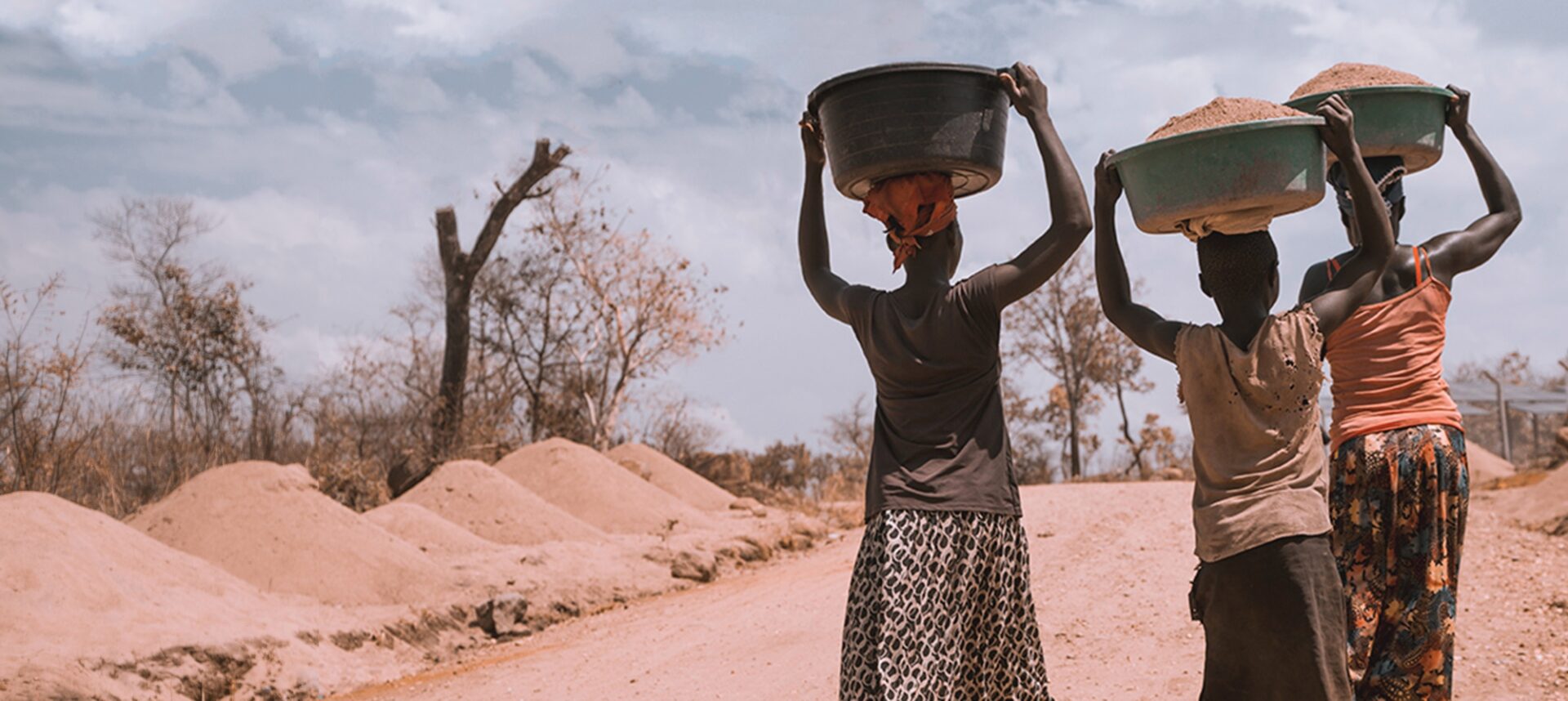The Impacting Gender and Nutrition through Innovative Technical Exchange in Agriculture (IGNITE) project works with agriculture institutions to integrate gender and nutrition into their work. Within this context, Laterite and the IGNITE partners developed and implemented four gender-sensitive agricultural research studies in Ethiopia, Nigeria, and Tanzania, with a fifth in progress. The studies present an opportunity to reflect on how to design a research project to purposefully give a voice to women. (See also: Measuring Women’s Empowerment: from Theory to Practice)
We’ve structured the lessons we learned during these studies into four key takeaways:
List your population of interest
For quantitative studies, having a complete list of the population allows the research team to understand the composition of the group, including how many are women and how many are men. Listing exercises can be time-consuming, costly, and tedious but are often necessary to understand the population structure. This information is crucial for sampling decisions to ensure women are accurately represented.
Be strategic about who you speak with
Within the population of interest, with whom do you speak? Within each household, with whom do you speak? This will depend on your research questions, but stratification is always important. When particular groups are of great importance to the research questions (e.g., comparing women and men), stratification ensures these groups are adequately represented in your data. Subgroups (e.g., female youth) may also be important, so consider those as well.
Selection of participants is also important. Most agricultural surveys approach the household as a unit and are designed with one respondent in mind. However, given social norms, the respondent put forward by the household will likely be male and therefore not fully representative of the family. Designing your survey to purposefully speak to both women and men in the household will allow their points of view to be captured directly and will improve the quality of your findings.
Expect and plan for different family structures
The composition of agricultural households varies widely across countries and cultures. Take this into account when designing your study. A couple of examples:
- Female-headed households (those led by a single adult female) can make up to a quarter of households in some countries. Consider carefully whether your research questions are relevant or will differ for women in this context as compared to women in dual-adult households.
- If polygamous households are common in the study area, or are a primary focus of the objectives, think about how to account for these cases and ensure all voices of the partnership are captured in a consistent way.
- Non-spouse pairs and other adults (e.g., adult children, relatives) can add a layer of complexity. These household members are commonly ignored in household surveys but make up a significant portion of the adult population. While it is tempting to overlook other adults for simplicity, excluding their voices may impact the research findings.
Build trust, ensure privacy, and use inclusive data collection methods
Even with a perfect listing and sampling strategy, if the respondents, especially women, don’t have access to your data collection method (e.g., a phone) or do not feel comfortable or safe, they will either not answer your survey or may be biased in their responses. Think about ways to build trust and ensure the privacy that respondents need to voice their insights and opinions. For example:
- Gender of the enumerator. When interviewing both women and men in a household, especially when sensitive topics are being discussed, matching respondents to enumerators of the same sex is a very good idea. This leads to additional cost and logistical challenges but is worth it for the improved comfort of respondents and higher quality of data.
- Speak to women and men separately. Women and men may not be comfortable sharing information in front of other household members or community members of the opposite sex. Researchers should be sensitive to these nuances and power dynamics.
- Using phone surveys has implications. Not all data collection methods reach women and men equally. If conducting a phone survey, consider factors like phone ownership, time of day, and building trust when collecting data to increase your chances of reaching women.
—
This blog post was contributed by John DiGiacomo, Senior Research Associate at Laterite Kenya
The Impacting Gender and Nutrition through Innovative Technical Exchange in Agriculture (IGNITE) mechanism is a five-year investment to strengthen African institutions’ ability to integrate gender and nutrition into their way of doing business and their agriculture interventions. IGNITE works with African agricultural institutions in Ethiopia, Nigeria, Burkina Faso, and Tanzania.
